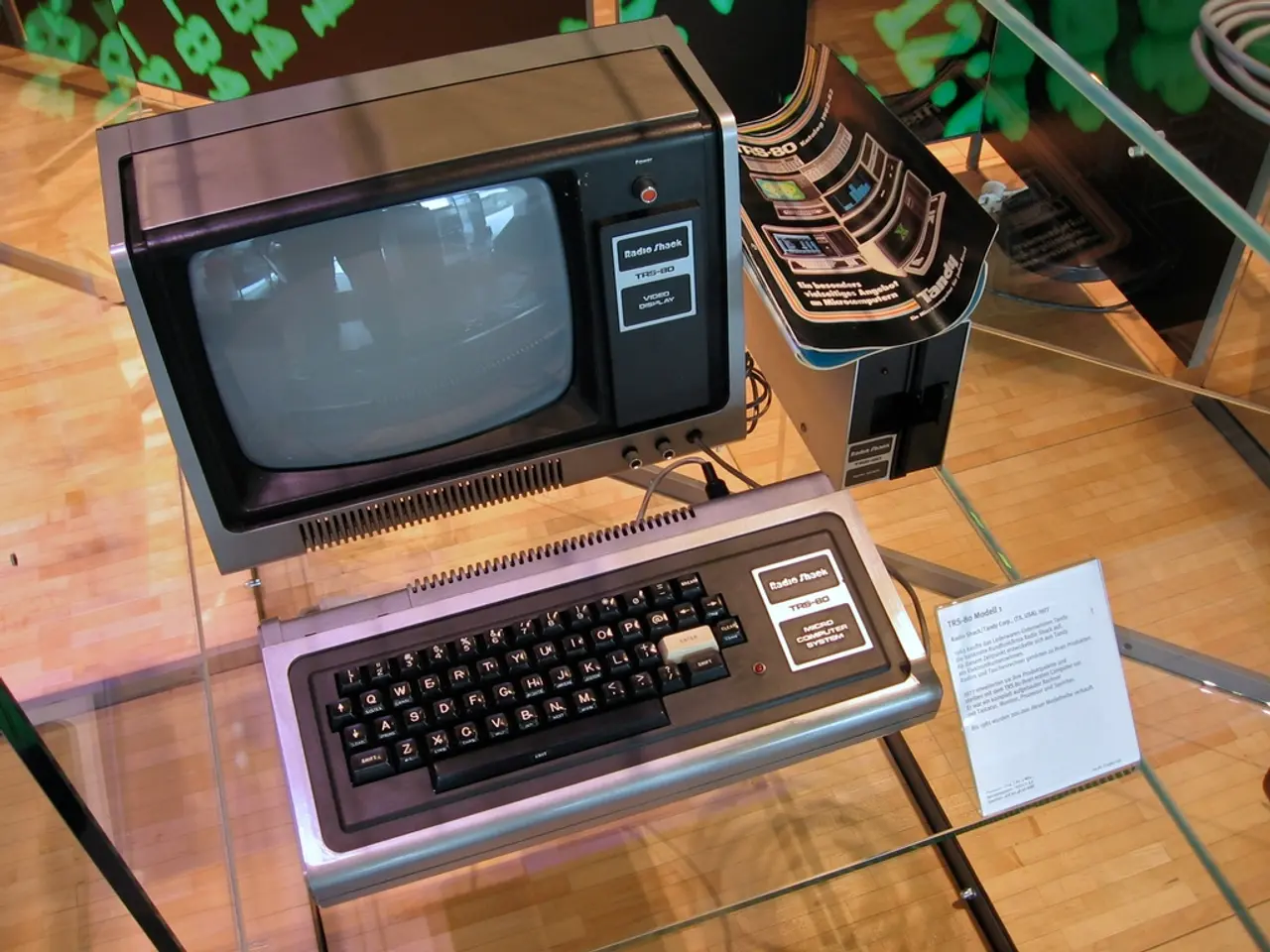Streamlined Complex PCB Layouts through Modular Design Approach
In the realm of electronic system design, modular PCB (Printed Circuit Board) design has emerged as a powerful approach, offering numerous benefits for both engineers and manufacturers. This design method encourages collaboration, scalability, and efficiency, making it an ideal choice for complex and evolving systems.
At the heart of modular PCB design is a collaborative process where teams work together at each stage, from design and schematic design to layout design, DFM and DRC checks, and client review. This collaborative approach promotes knowledge sharing, early problem identification, and improved design quality.
One of the key advantages of modular PCB design is its scalability. Engineers can easily add new functionality or remove outdated components without redesigning the entire board, making it ideal for products with long lifecycles or frequent updates. This flexibility also allows each functional block or "module" to be developed, optimized, and tested independently before integration, reducing design bottlenecks.
Modular PCB design also simplifies troubleshooting and maintenance. By dividing a complex circuit into smaller, logical sections, engineers can test and isolate modules, making debugging more straightforward. This not only reduces the time and complexity of identifying issues but also enhances system reliability by isolating failures to individual modules.
In addition, modular PCB design supports rapid innovation and reduces downtime. By streamlining the development process, it supports faster iteration, particularly in dynamic environments like IoT. This design approach also facilitates the embedding of diverse functionalities such as sensors, wireless modules, and power circuits on separate modules, which can be seamlessly integrated.
Collaboration tools and software, such as Altium Designer, Zuken, Cadence Allegro, and KiCad, provide real-time co-editing options and shared libraries for consistency across the design. These tools also support cloud platforms and teamwork management tools like Trello, Asana, and Atlassian, facilitating global collaboration.
However, it's important to note that modular PCB design can increase the number of components and project costs. But in specific cases, it can be a valuable solution. Factors to consider during modularization include functional units, signal flow, power distribution, physical constraints, and design complexity.
Traces should be as short as possible to minimize signal delay and potential interference. When creating schematics for each functional unit, consider choosing appropriate components, ensuring compatibility, and standardizing pin configurations and connector types. Separate schematic sheets should be created for each functional unit and linked hierarchically to represent the board's modular structure.
The modular PCB design process involves breaking down the design into functional units, creating the design modules, testing them individually, and integrating them before testing the entire board. Place components of each functional unit in their designated areas and route signals within each unit, paying special attention to high-speed signals, differential pairs, and impedance-controlled traces.
Ensure power and ground planes are accurately designed to minimize noise and provide stable power distribution. A version control system is crucial for tracking design changes in a collaborative environment. Regular design reviews promote knowledge sharing and early problem identification.
Finally, tools like the Power Distribution Network Analyzer and the Better DFM can help identify potential manufacturing issues in the design. By breaking down a board layout into smaller and functional units, engineers can streamline the design process, enhance scalability, and improve collaboration. This optimizes the layout creation process, cuts down design turnaround time, and helps manage complexities.
In summary, modular PCB design enhances design freedom, supports rapid innovation, and reduces costs and downtime by enabling scalable, flexible, and efficient board architectures suited for complex and evolving electronic systems.
Technology plays a crucial role in modular PCB design, as it enables the use of tools like Altium Designer, Zuken, Cadence Allegro, and KiCad for real-time co-editing and shared libraries, promoting consistency across the design. Additionally, the technology behind controlled impedance is essential in managing high-speed signals, differential pairs, and impedance-controlled traces within each functional unit of a modular PCB.




